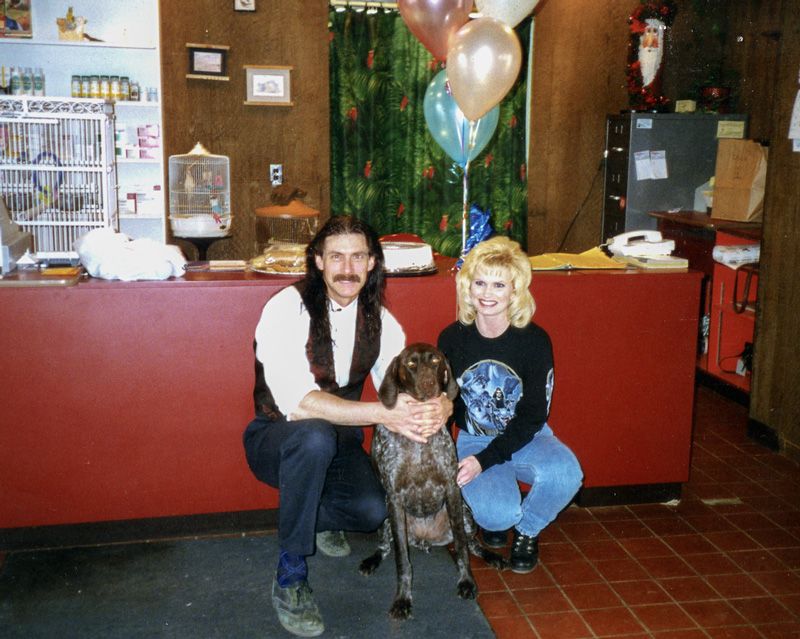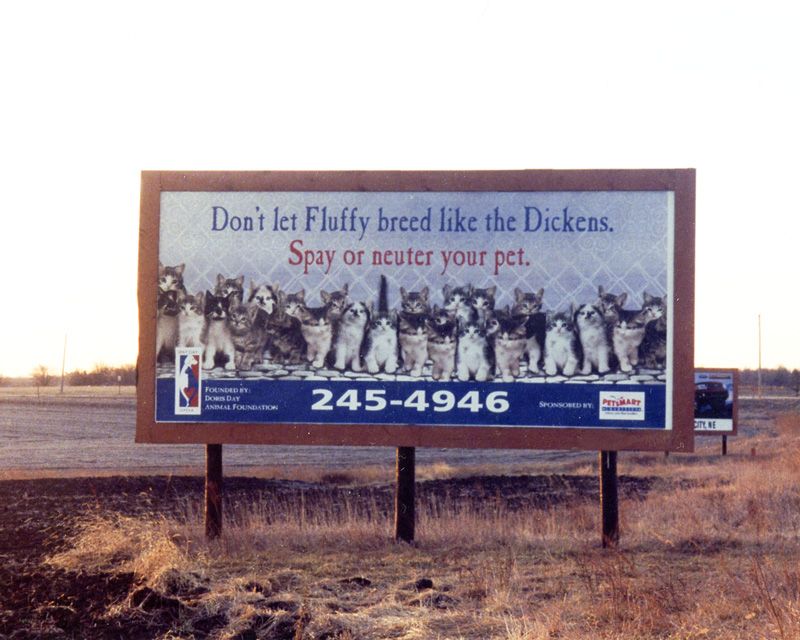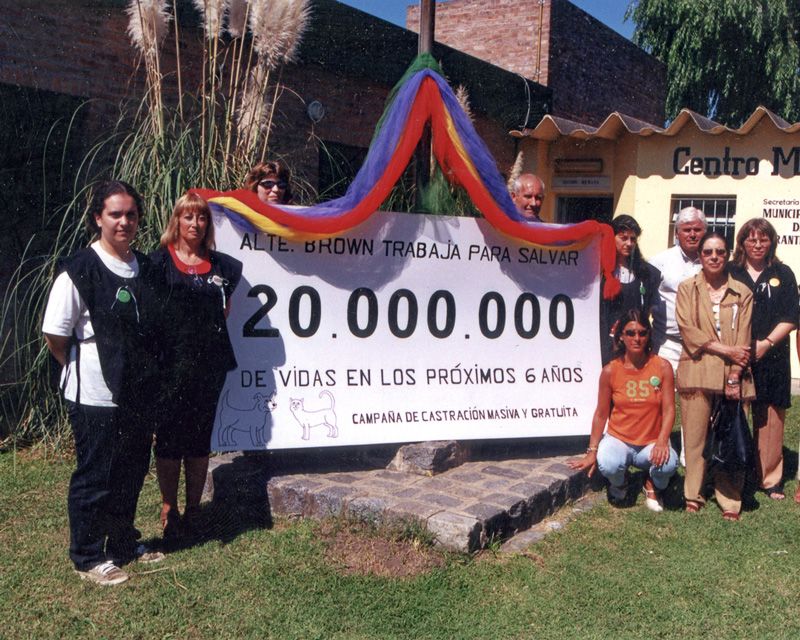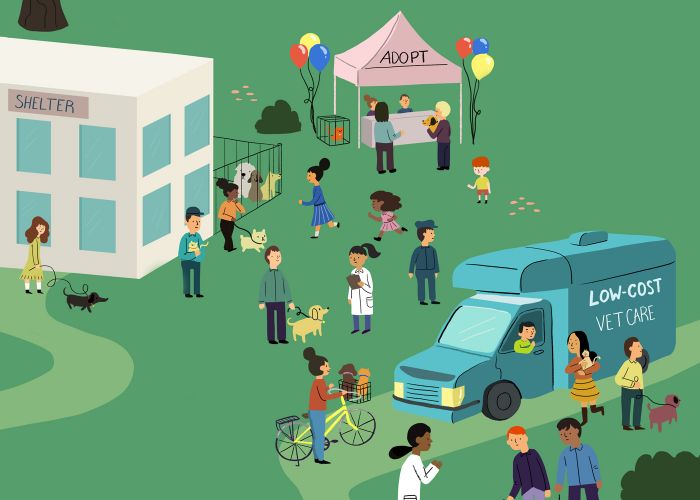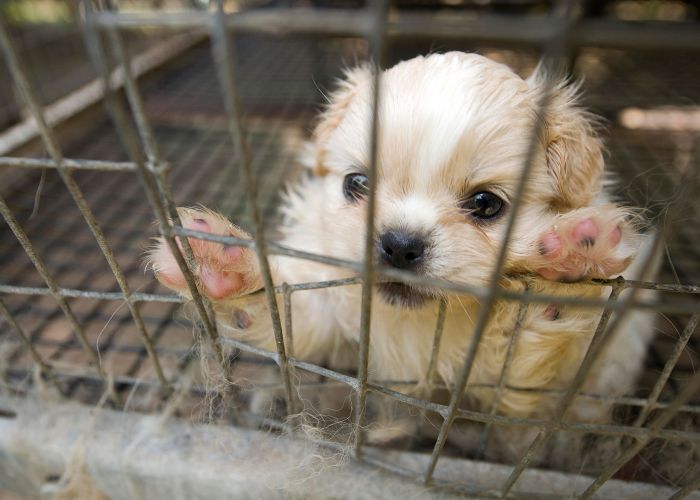One fine day

The last week in February 2018, animal lovers around the world took to Twitter and Facebook to share photos, statistics and the hashtag #WorldSpayDay.
“Great success,” announced the Afghani nonprofit Nowzad, which sterilized 27 street dogs in Kabul. In India, the HOPE & Animal Trust spayed or neutered 40 street dogs and reached an impressive milestone: a whopping 70,000 sterilizations over 10 years. In the other hemisphere, a coalition in Mexico sterilized 400 cats in a weeklong MASH-style operation, a Maryland organization held a ribbon-cutting ceremony for its newly expanded low-cost spay/neuter clinic, and dozens of organizations offered free sterilization surgeries for dogs, cats and rabbits.
After a quarter of a century, World Spay Day has reached nearly every corner of the globe.
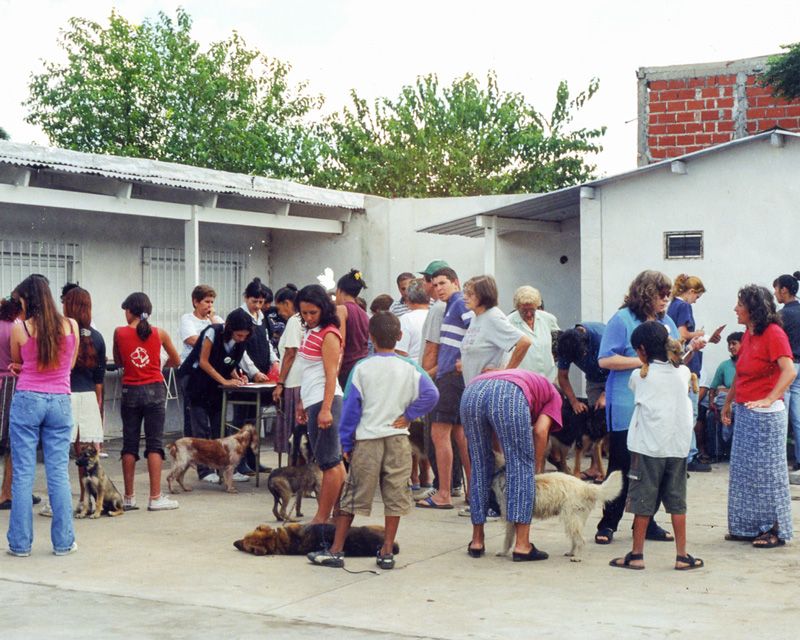

It started in the early ’90s, when Holly Hazard was working for the Doris Day Animal League. Traveling around the U.S., she met lots of small groups of dedicated activists working to reduce animal overpopulation in their communities. “They just seemed so alone and without any support,” says Hazard, who recently retired from her position as a senior vice president at the Humane Society of the United States. “It seemed we could build a stronger and more cohesive force and support. If people had a day, they could be part of something bigger.”
"Being a part of something bigger just gives something a gravitas that it doesn’t have when you’re out there working by yourself 365 days a year."
—Holly Hazard, retired senior vice president at the HSUS and World Spay Day pioneer
She hoped that promoting local spay/neuter efforts as part of a national campaign would also make them more newsworthy and more likely to attract grant funding. “Being a part of something bigger just gives something a gravitas that it doesn’t have when you’re out there working by yourself 365 days a year,” she says.
In 1995, Spay Day USA launched on the last Tuesday of February. “Tuesday is a slow day for veterinarians, and February is a slow month,” Hazard explains.
Of course, labeling a random date as a day of action to promote the sterilization of pets is one thing; making that label stick is another. But with Doris Day as the spokeswoman and media kits and other materials provided free to participating organizations, Spay Day USA was an immediate success.
After DDAL joined forces with the Humane Society of the United States, it wasn’t long before its international affiliate, Humane Society International, decided that Spay Day needed to go global. The event has been known as World Spay Day since 2012.
Vicki Stevens, senior marketing communications manager at the HSUS, helped manage the campaign for over a decade, and she’s seen how years of coordinating and promoting Spay Day have paid off. “World Spay Day has taken on a life of its own,” she says. “It’s no longer just an HSUS thing; it belongs to everyone.”
That evolution has coincided with a sea change in public awareness and spay/neuter capacity. “It’s not as if the day itself is responsible,” says Hazard, “but it’s pushed people. There are more animals spayed today than would have been had Spay Day not come into fruition, and that’s a really good feeling.”
What will the next 25 years hold for World Spay Day? “We can hope that spay/neuter will be something unnecessary to talk about anymore,” she says. “It will be like wearing seatbelts; everyone who has a pet knows that it’s the appropriate thing to do.”
